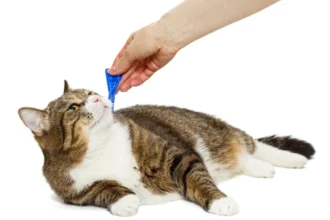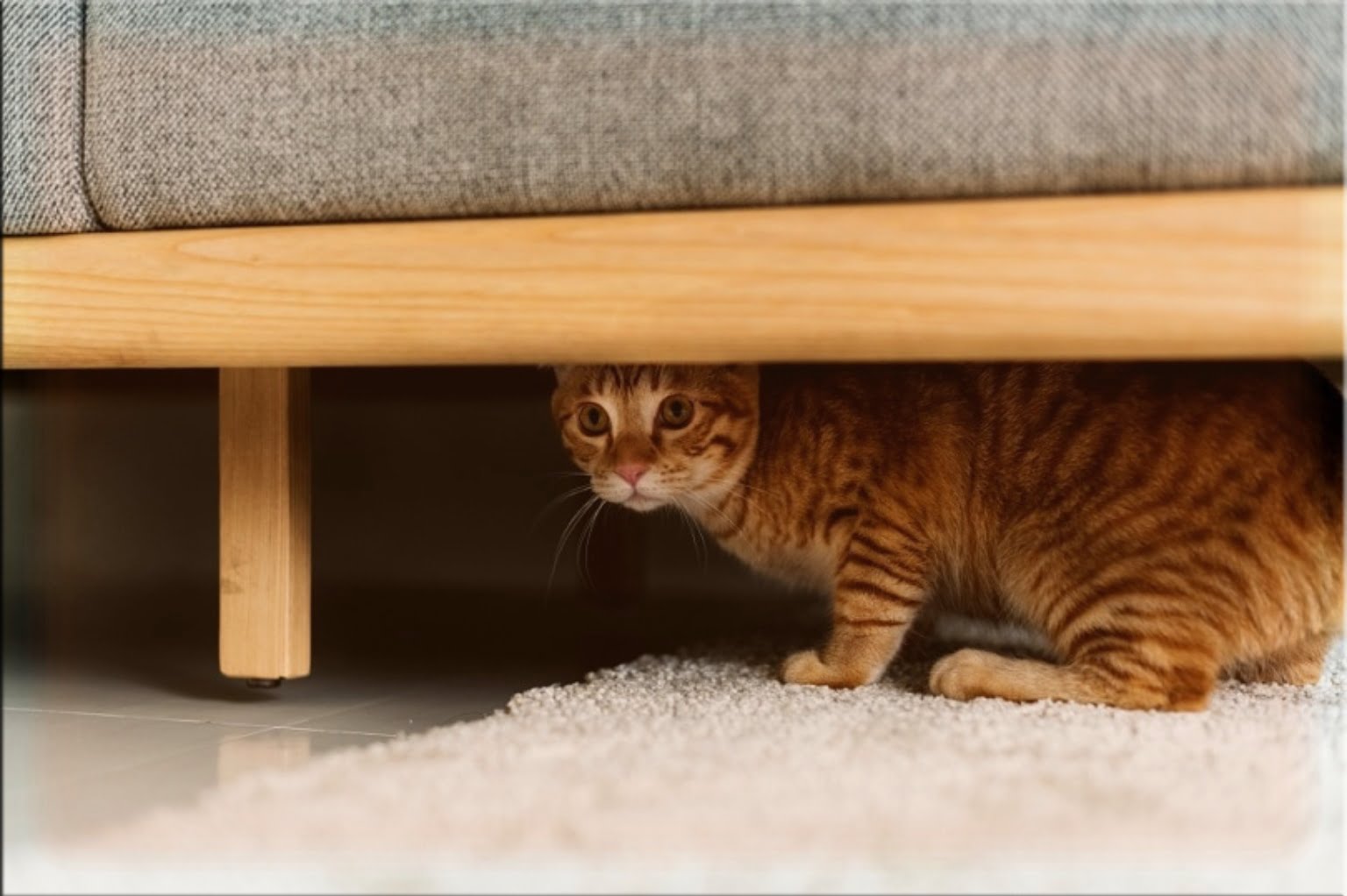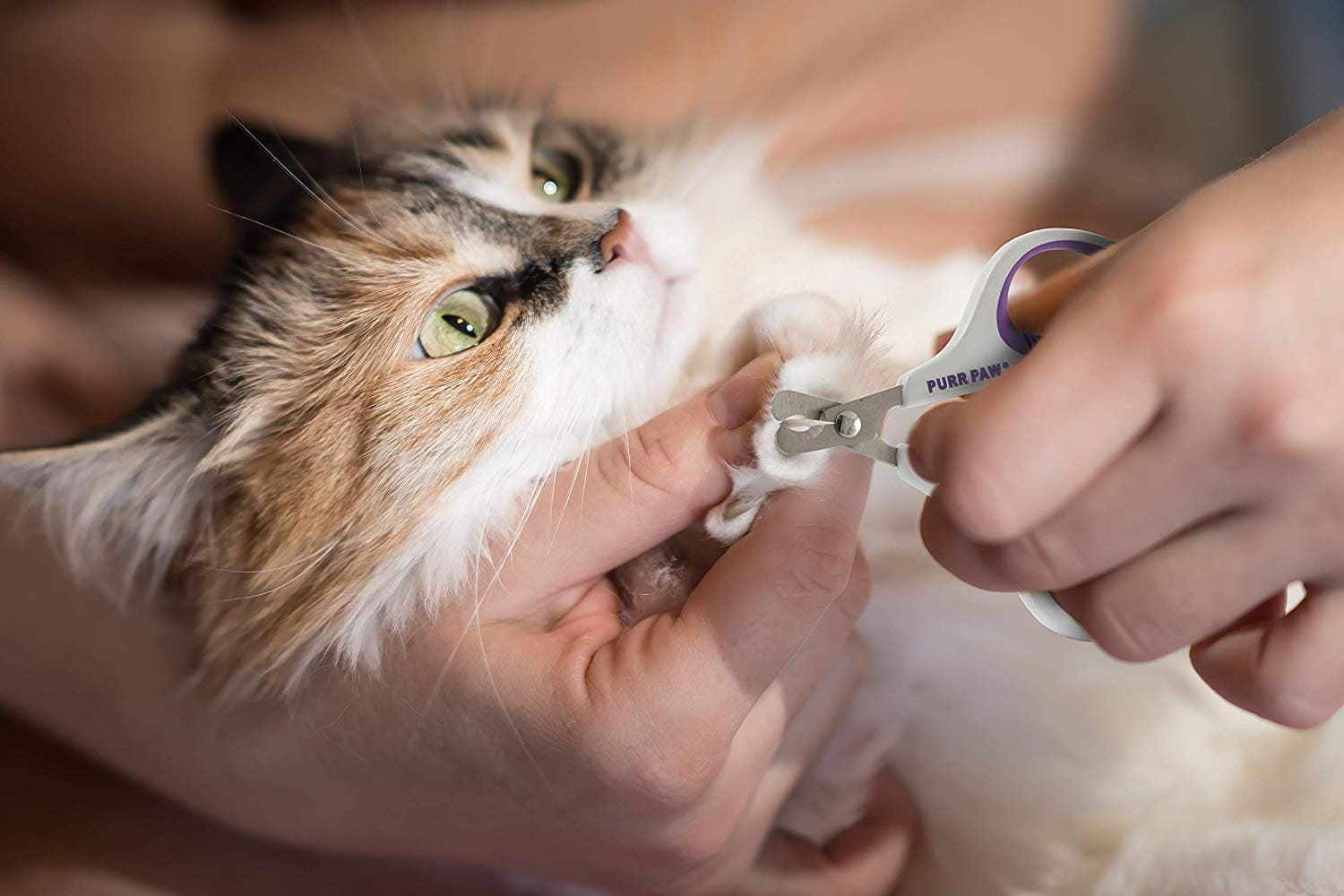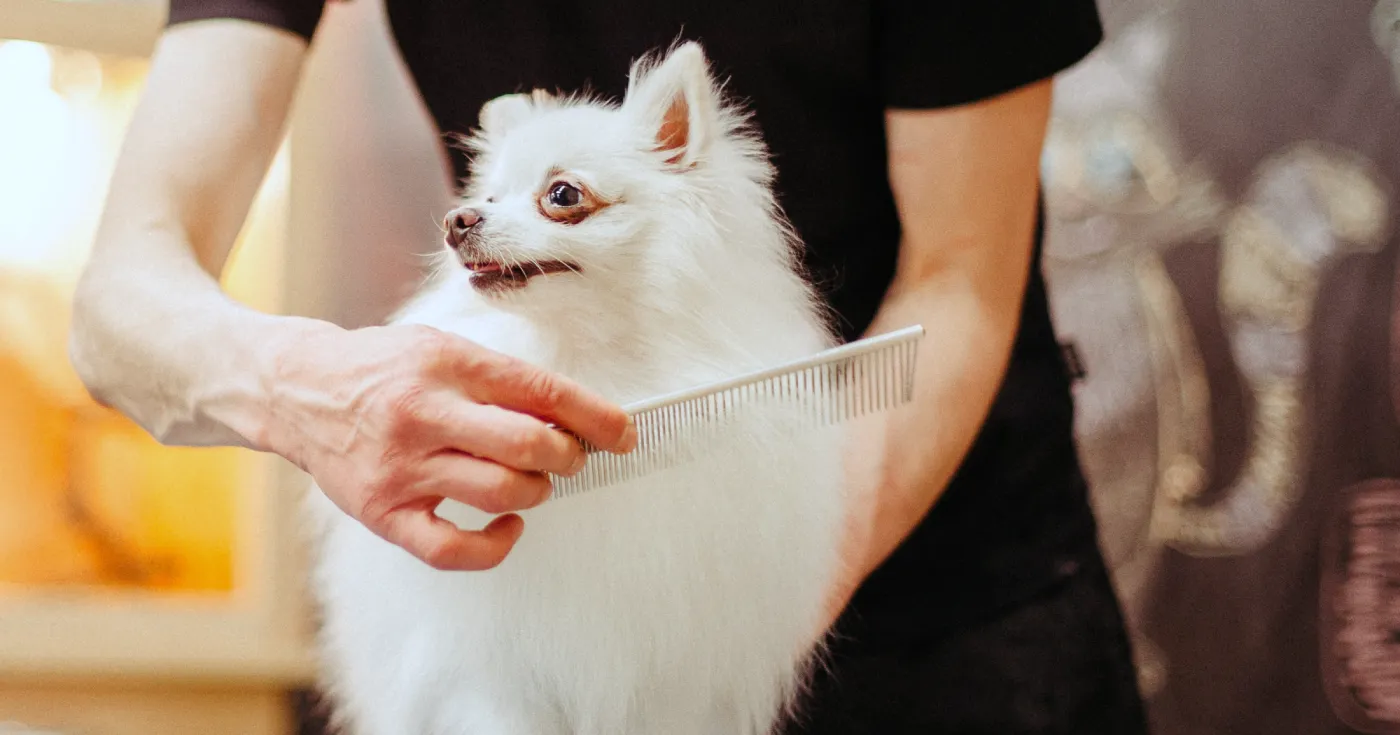Struggling With Your Cat Repeatedly Removing Its Collar? Are you facing the issue that your cat keeps taking off its collar? Do not worry; we have the perfect solutions for you! This article delves into possible reasons why your furry friend may not be too fond of its collar, and what steps you can take to ensure the collar stays on securely, offering comfort, and more importantly, effectively meeting your need for your cat to keep its collar on.
Why Does My Cat Always keep Taking off Its Collar?
There is an array of reasons why a cat keeps taking off collar. The collar might have been introduced to them too suddenly; hence attempting a more gradual introduction might help. Other factors that can prompt this behavior include aspects such as the collar’s fit, design, weight, material, and even the smell
Does My Cat Despise Its Collar?
Do not panic! Your cat does not despise its collar. It might simply require some persuasion and positive reinforcement for them to grow fond of it. Consider the reasons that might be making your cat uncomfortable with its collar and work on rectifying those.
It is time to delve into the reasons why your cat keeps taking off collar.
Also discover: Best treats for german shepherd puppies
Correct Collar Fit
An improper collar fit can be a major nuisance for your cat, driving them to take it off. Collars that are too snug can cause discomfort, yet surprisingly, collars that are too loose can also introduce discomfort as they can rub against the cat’s fur. Moreover, a loose collar provides the perfect chance if your cat keeps taking off its collar.
For ensuring your cat keeps its collar intact, assess that it is fitted correctly. You should be able to slide a fingertip between the collar and your cat’s neck with ease. However, if there is a gap larger than a fingertip between the neck and collar, it needs to be tightened.
What should be the Appropriate Tightness for a Cat’s Collar?
Prefer Lightweight
Cats possess high sensitivity to touch, particularly around their neck, a delicate area. Large or heavy materials around their neck can introduce discomfort. Cats tend to prefer lightweight safety collars, as they are less conspicuous and more comfortable. Heavy or large collars are more prone to irritate your cat, tempting them to keep taking off collar .
Slim Collar Profile
The ideal cat collars are the ones, which your cat does not realize they are wearing! Thick or broad cat collars might end up impeding your cat’s range of movement. The best remedy for this issue is to choose a collar with a slender profile.
A lightweight collar should feel nearly unnoticeable to your cat, enabling them to move effortlessly.
Soft Collar Material
Cats respond profoundly to tactile sensations, making it vital to provide a collar that is soft and flexible, conforming comfortably to their unique shape. Soft materials are gentle on your cat’s skin and fur, which in turn should make the wearing experience more pleasant for them, ensuring the cat keeps the collar on
considering the material of both the collar inside and outside is important. The inside should be just as soft and gentle on your cat’s fur as the outside. Unfortunately, not all collars use the same materials on the exterior and the lining.
Is The ID Tag Becoming a Problem?
Ensure your cat is completely comfortable in their collar before adding an ID tag. Any new addition might intrigue your cat and cause them to probe it. Introduce the ID tag gradually to reassure them that it is harmless. This should deter them from becoming distracted by the ID tag and trying to remove it or keep taking off collar.
The Challenges of Most Breakaway Collars
The most significant issue is that your feline friend will eventually figure out how to escape from this collar. This typically transpires due to the buckle commonly employed in many of these collars
In the upcoming section, few strategies can deter your cat’s collar-removing antics, or at the very least, provide you a workaround for the challenge of “Cat Keeps Taking Off Collar”.
Top 5 Strategies to Prevent Your Cat from Removing the Breakaway Collar
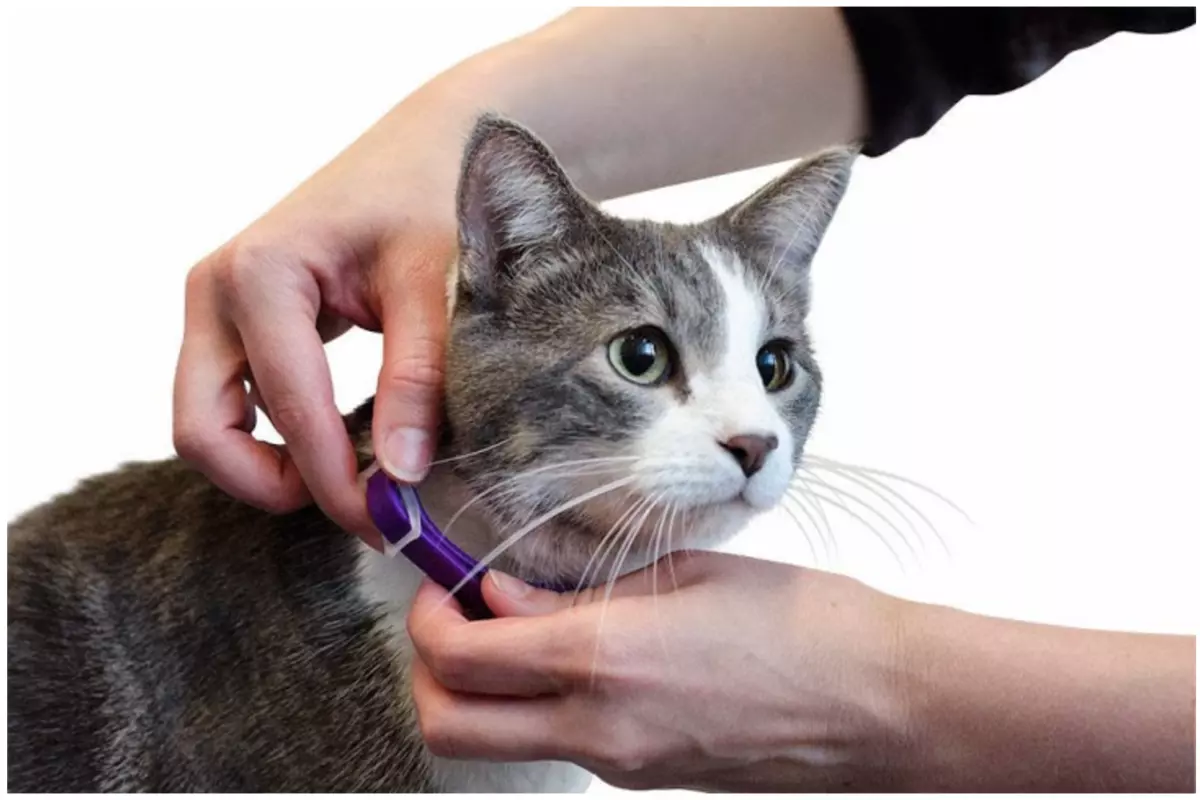
Each method has its advantages and disadvantages.
1. Collar with a Plastic Clasp (Snaps in Place).
This method addresses the root cause – the buckle. The notion is to swap your current collar with a buckle that impedes your cat’s successful attempts of taking off collar. This buckle generally offers a secure snap fit.
Advantages of this Technique:
Simple for you to fasten it.
Retains the breakaway safety feature.
To sum up, your cat benefits from the safety feature of the breakaway mechanism, and you gain peace of mind knowing that it is not easy for your cat to keep taking off the collar.
2. Use an ID Tube Instead of a Traditional Tag.
Numerous cat owners believe that the ID tag on conventional collars entices the cat to remove it. A viable solution to this issue can be replacing it with a cat ID tube.
The Dilemma with Cat ID Tubes:
Even though switching to an ID tube can help, there remains the likelihood of your cat taking off collar primarily due to the buckle.
3. Choose a Stretch Collar Over a Breakaway Closure.
A stretch collar offers a flexible design that extends to keep your cat secure. If necessary, the material of this collar allows your cat an easy escape route.
Concerns about Stretch Collars:
While it may seem advantageous, I personally believe that a breakaway collar is a safer option. Moreover, most stretch collars utilize the same buckle style that cats frequently escape from.
4. Early Training as a Preventive Measure.
An additional preventive measure is to train your cat from an early age not to keep taking off the collar. This sounds feasible in theory.
Downside of the Training Method:
The drawback of this strategy is its retrospective nature. It is a great concept for the future but will not offer immediate assistance.
5. Micro chipping your Cat.
A commonly proposed solution is to microchip your cat, negating the need for a collar in the first place. Consider this as more of a long-term workaround, rather than a quick fix.
Limitations of the Micro chipping Method.
Although your cat may already be micro chipped, the downside is the lack of a visual indicator signifying the cat has a caring owner. If she were to get lost, without a collar, she could easily be mistaken for a stray cat.
Also read: Homemade cat food to gain weight






